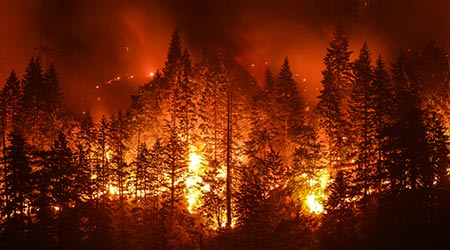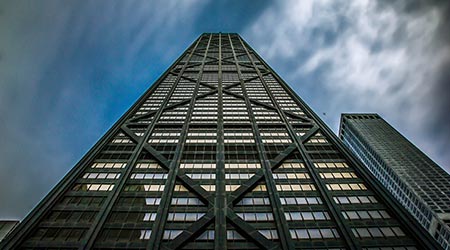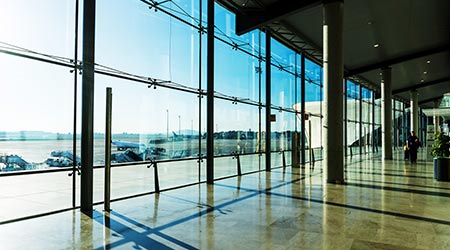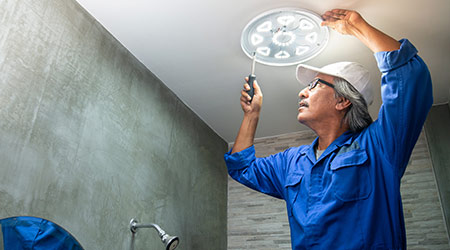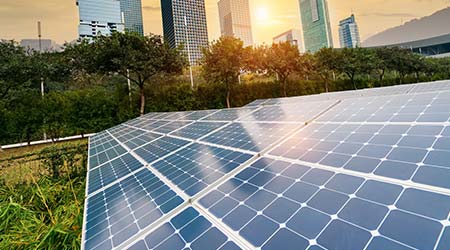
USGBC Launches LEED Zero Certification
November 21, 2018
Net-zero energy is no longer just for boutique buildings. Net-zero energy – producing at least as much energy with renewable sources as a building uses from the grid – is increasingly within reach for a range of building types and sizes.
The number of net-zero energy buildings is growing rapidly, up 700 percent since 2012, according to the New Buildings Institute’s Getting To Zero Status Update. California has even mandated that all new commercial buildings must be net-zero energy by 2030.
To contribute to this growing trend toward net-zero energy buildings, the U.S. Green Building Council (USGBC) recently launched its LEED Zero Certification at Greenbuild in Chicago. The new certification program complements LEED, and it works for more than just energy. Buildings can earn LEED Zero certification for energy, carbon emissions, water and waste. LEED Zero also is available on any project using the LEED Building Design and Construction, LEED Operations and Maintenance, or LEED Interior Design and Construction rating systems.
“Net zero is a powerful target that will move the entire industry forward,” says Melissa Baker, senior vice president of technical core at USGBC. “For years, LEED projects around the world have aspired to net zero milestones. We are recognizing the leadership of these projects — and formalizing our commitment to focusing on carbon and net zero across the entire LEED community.” LEED Zero builds on LEED by recognizing specific achievements in building operations and rewards projects that have used LEED as a framework to address important aspects of green buildings and that have taken their buildings to the next level by designing and operating toward net zero goals. LEED Zero encourages a holistic approach for buildings and places, which will contribute to a regenerative future.
This Quick Read was submitted by Greg Zimmerman, executive editor, Building Operating Management. Read his cover story on how buildings are tackling climate change.
Next
Read next on FacilitiesNet









